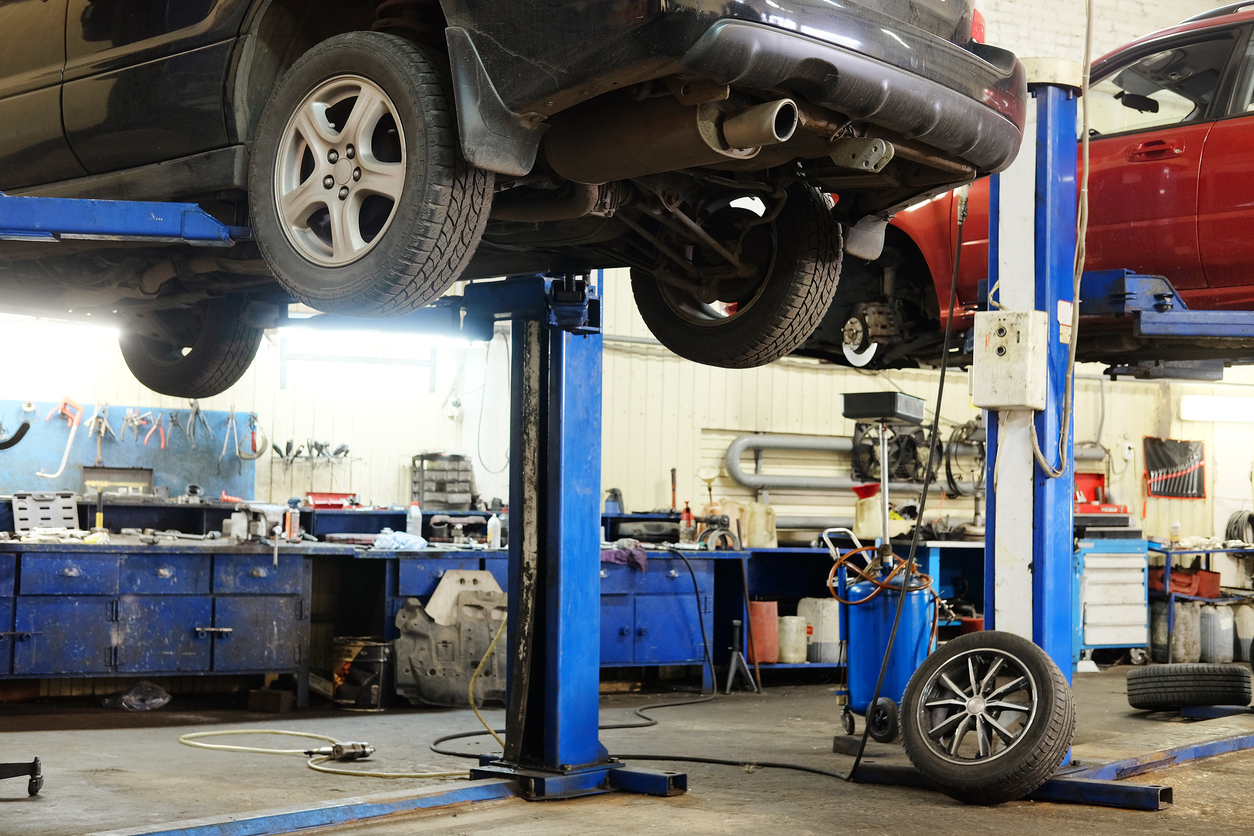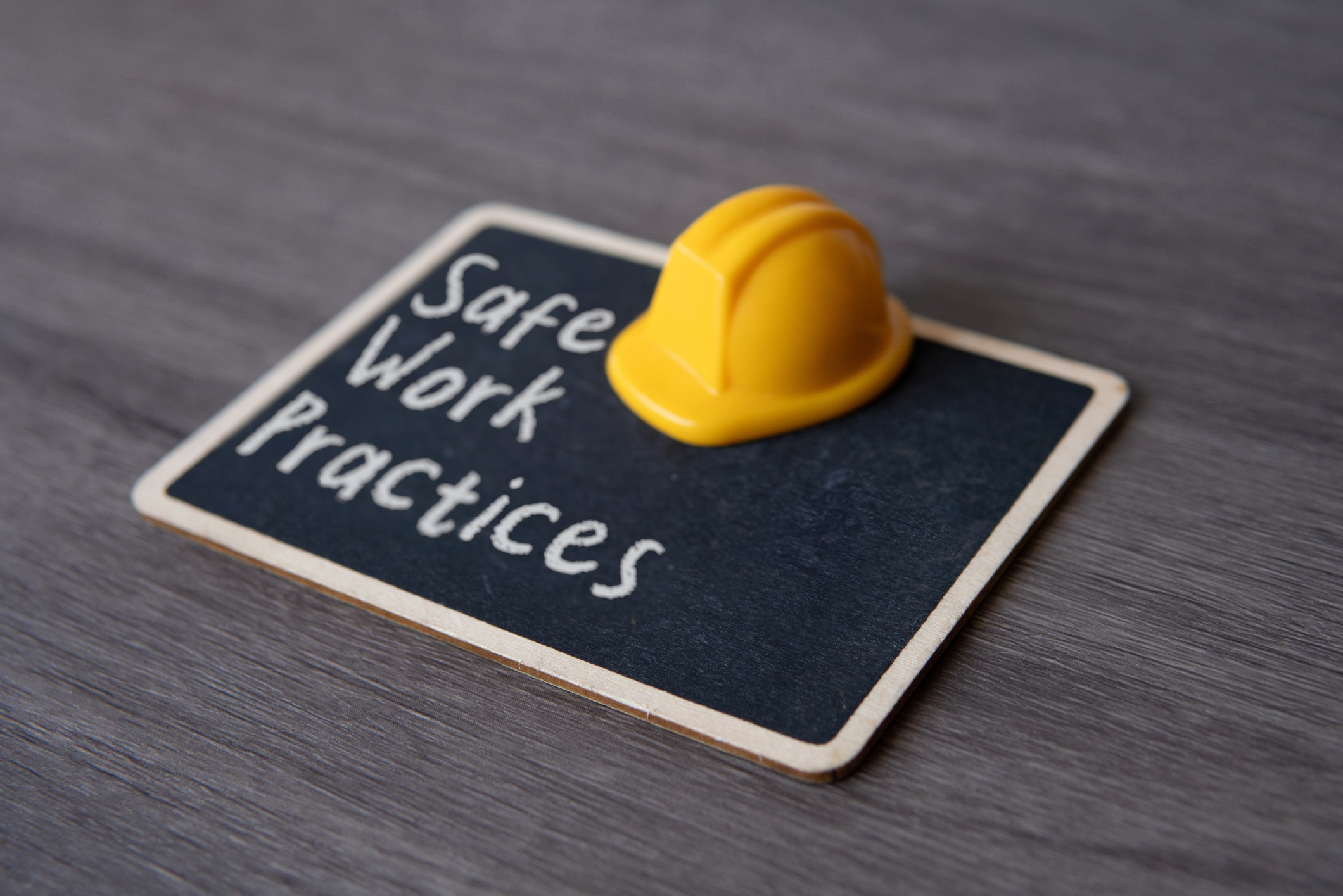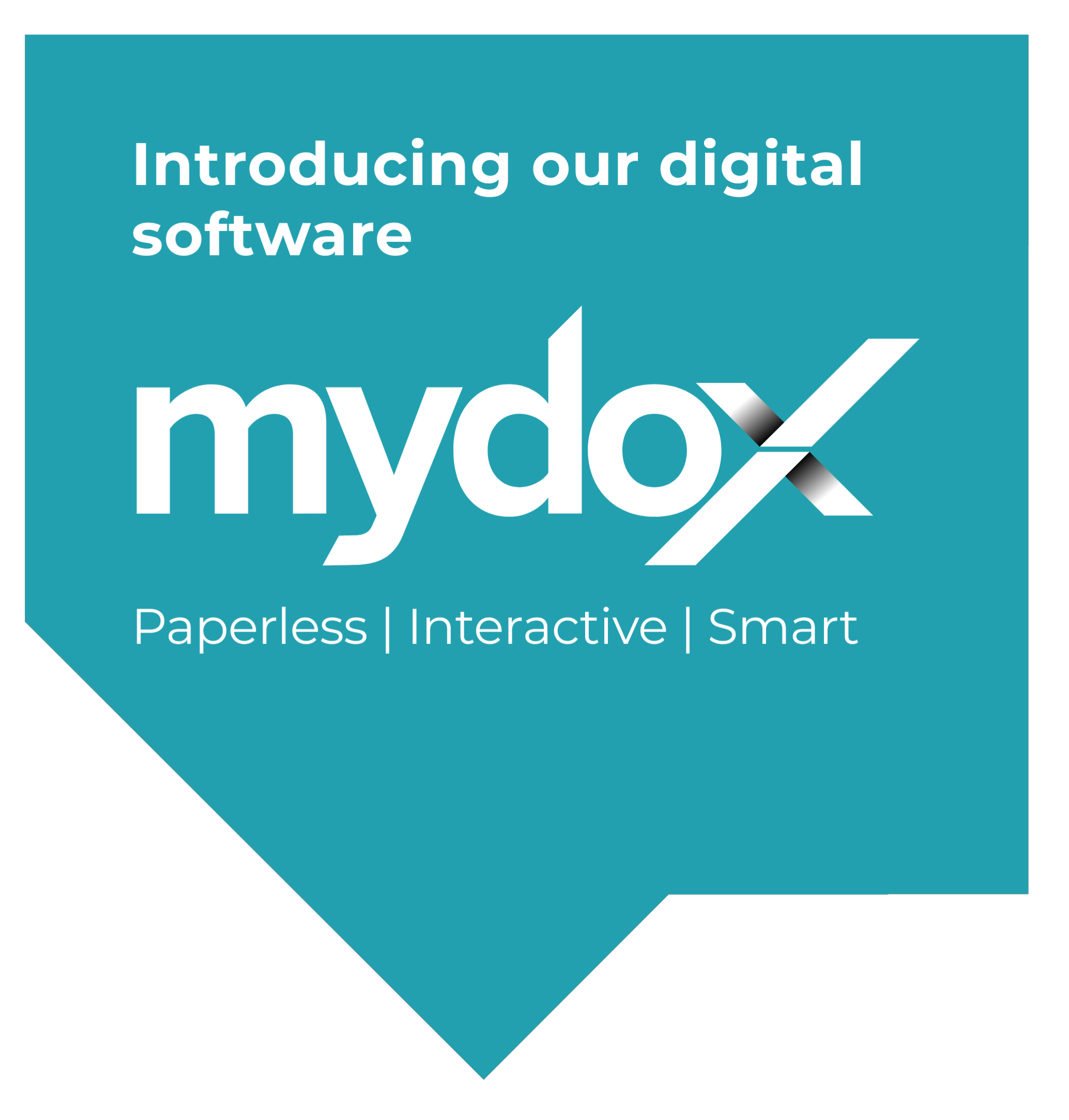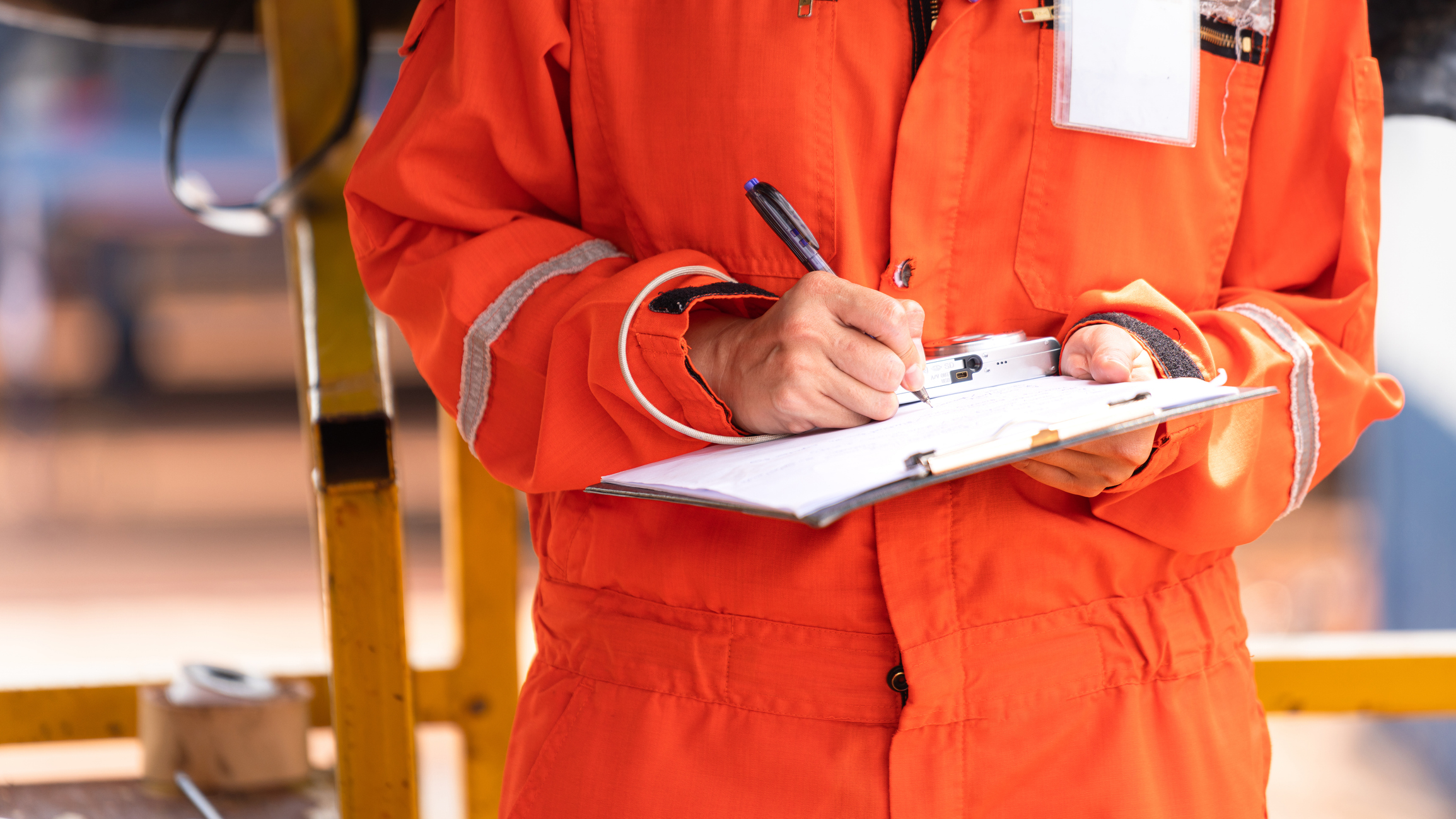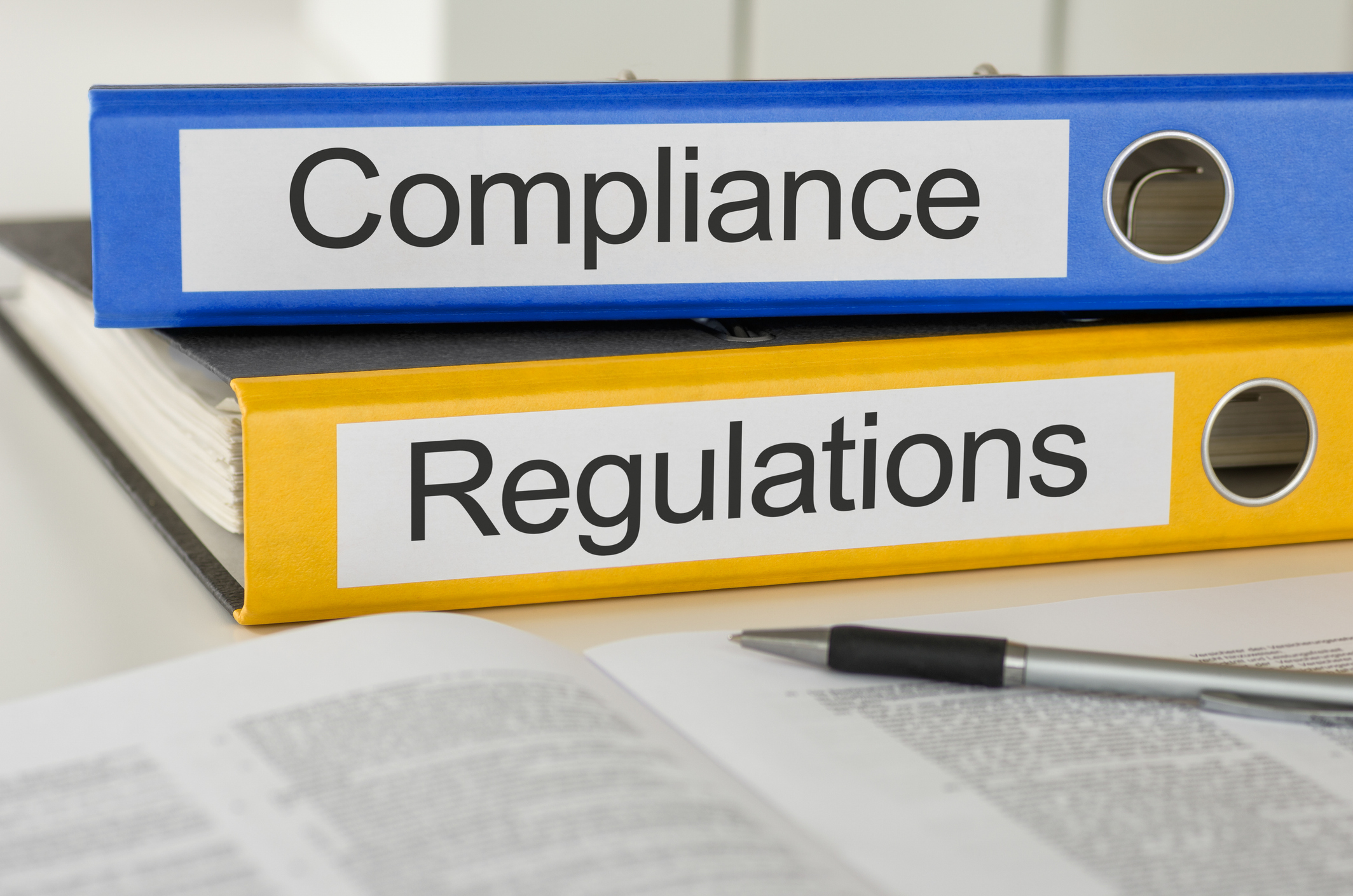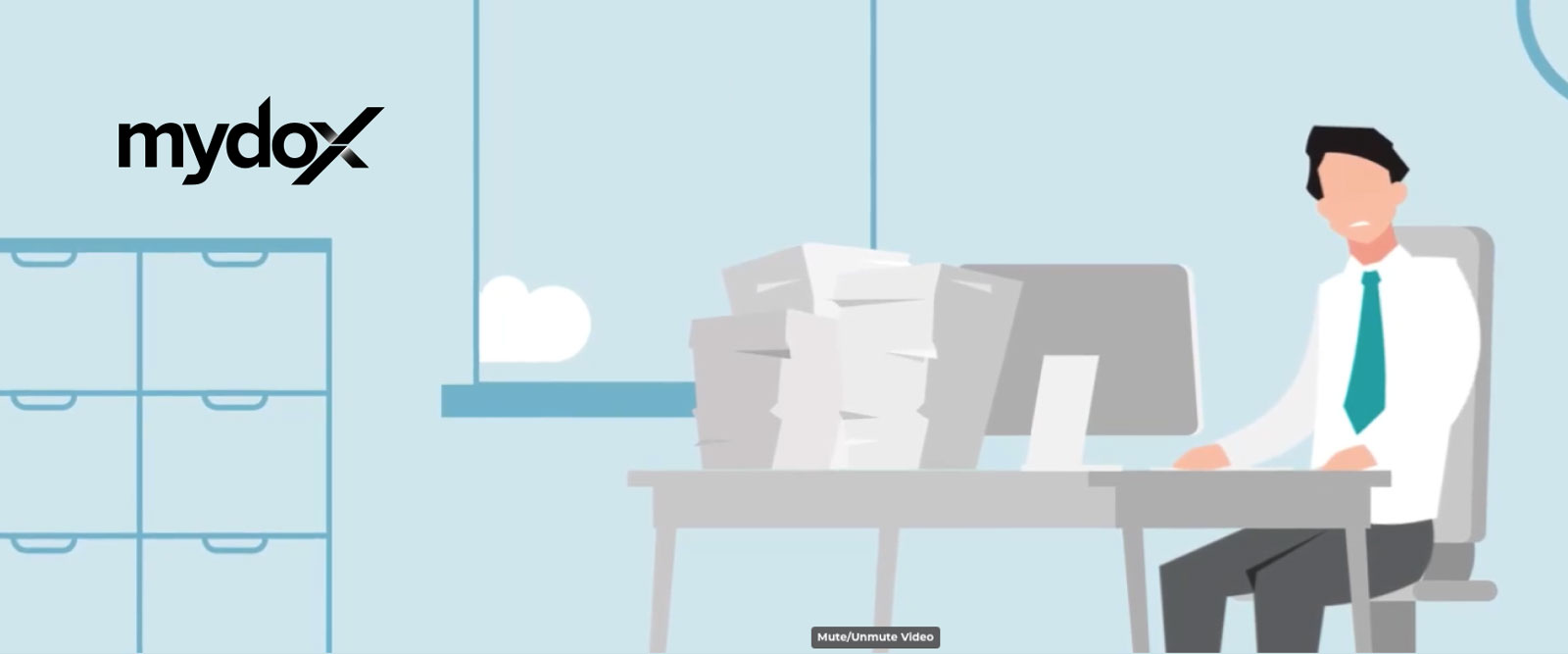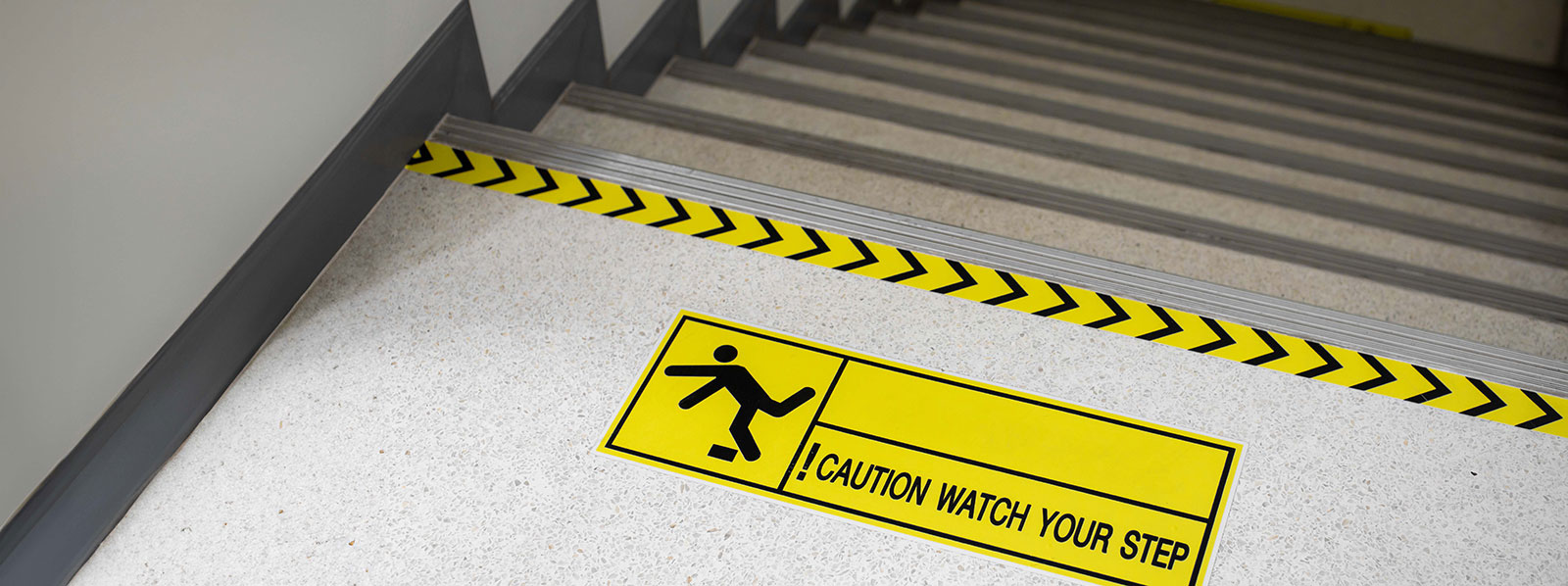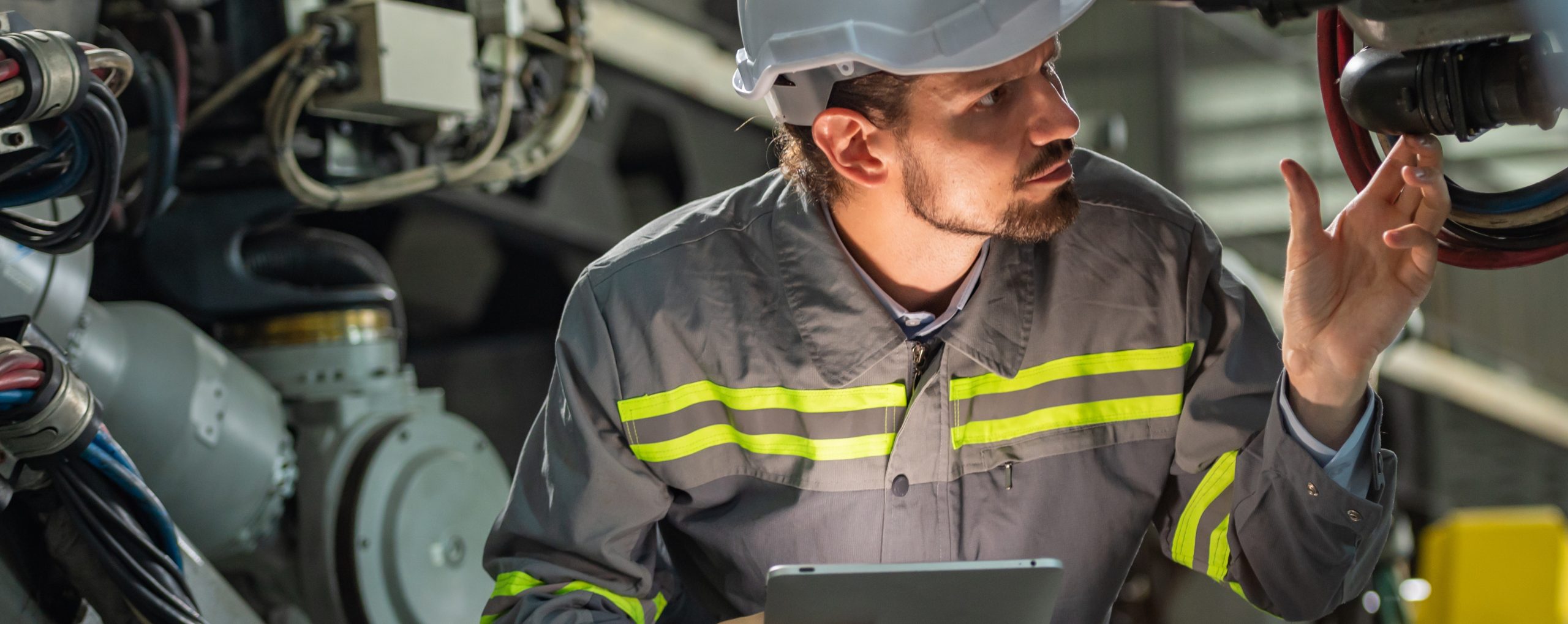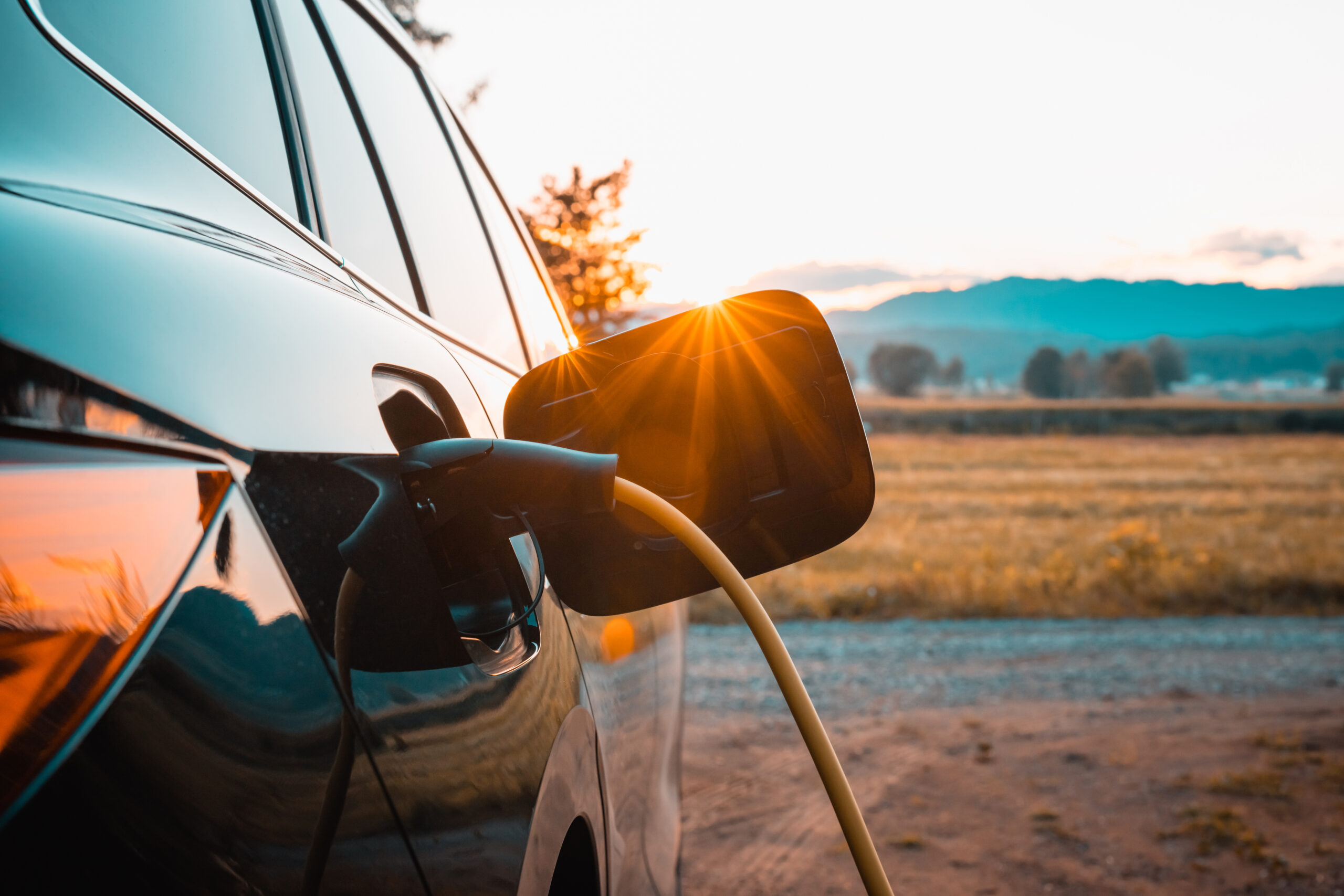
As a vehicle body repairer in Australia, failing to have the right protocols in place, particularly per AS 5732:2022 (Electric vehicle operations – Maintenance and repair) and other WHS/OH&S obligations, can significantly impact your insurance coverage and claims in the event of an incident, such as a vehicle battery fire.
Here’s how:
1. Breach of Policy Conditions
Most insurance policies require businesses to demonstrate that reasonable care and due diligence were taken to prevent incidents. If your workshop fails to follow relevant Australian Standards like AS 5732, insurers may argue that:
- You did not meet your duty of care, which can void or reduce your insurance payout.
- You breached policy terms by not following industry-recognised safety standards.
2. Denial of Claim or Reduced Payout
Insurers may deny your claim outright or significantly reduce the payout if it’s found that:
- Your workshop failed to use compliant ventilation, fire protection, or battery storage practices outlined in AS 5732.
- You lacked proper procedures for safely isolating, storing, or handling EV batteries.
- Your staff weren’t adequately trained in EV safety and emergency response.
3. Increased Legal Liability
Without adherence to the standard, you expose yourself to:
- Negligence claims if staff or third parties are injured.
- Regulatory penalties under the WHS or OH&S Act for failing to manage a known risk.
- Subrogation actions, where your insurer pays a third party and then seeks to recover costs from you due to non-compliance.
4. Impacts on Future Insurance
Non-compliance can:
- Lead to higher premiums in future policy renewals.
- Make it difficult to obtain insurance coverage from reputable providers.
- Result in policy exclusions related to EV work or lithium-ion batteries.
5. Reputational and Operational Damage
In addition to insurance concerns, a battery fire caused by poor procedures can:
- Result in prosecution or enforceable undertakings from safety regulators.
- Damage your reputation with clients and OEMs (Original Equipment Manufacturers).
- Lead to business disruption and loss of contracts.
Proactive Measures
To protect your business and maintain insurance validity:
- Implement AS 5732:2022 compliant systems for EV repair.
- Maintain detailed risk assessments and control measures (e.g., SOPs, training, battery quarantine areas).
- Keep up-to-date records of staff training, inspections, and maintenance.
- Consult your insurance broker to confirm policy requirements around EV work.
How we can help
Don’t let a compliance gap put your team, workshop, or insurance at risk. Our AS 5732-aligned EV Manual and checklist covers everything you need to work safely and meet your obligations.
Fill out the form below and get your free EV Automotive Checklist today.
EV Safety Self-Assessment Checklist
Working with electric vehicles brings serious EV risks – high voltage, battery fires and more. Whether you’re running an automotive bodyshop or mechanical workshop, it’s time to make sure your safety procedures are up to standard.
Just fill out the form and we redirect you our Self-Assessment Checklist .



